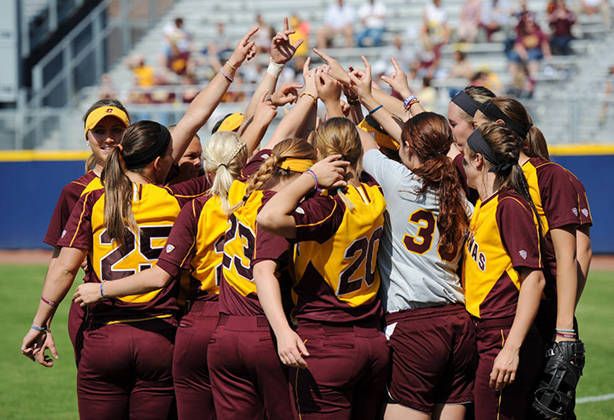Don't Let the Spring Season Throw You a Curveball

Spring is around the corner and its that time again! Baseball and softball athletes will be taking the field for another high school season. As parents and coaches, we cannot wait to begin the season…but are your sons, daughters, and players ready for this season?
As a physical therapist, coach, and former Division I softball pitcher, I have experienced my fair share of injuries from overuse. Shoulder pain is one of the most prevalent issues that arises during the spring season and likelihood increases with participation in sports involving repetitive overhead movements.
Why are we seeing this trend with shoulder pain?
Over the past several years, there has been a dramatic increase in demand for continuous participation in the game. This means longer seasons, more games played, higher pitch counts, and a push for year-round play – including fall ball, school ball, and travel ball throughout the summer months. With the increase in training loads and demand on the shoulder, how can we keep our athletes and child’s best interest in mind? I encourage you to ask two questions: “Is the shoulder ready for these loads?” and “What can we do to prevent potential shoulder injuries?”

One of the most common shoulder injuries is referred to as shoulder impingement syndrome. Anatomically, the shoulder is cradled by several muscles called the rotator cuff. All four of these muscles help stabilize the shoulder and prevent the head of the humerus from migrating upward when the arm is elevated, externally rotated, or brought out to the side like in the throwing motion. When there is shoulder instability, muscle imbalances, or strength weakness, impingement is more common and can cause increased shoulder irritation with repetitive overhead movements.
So, what are some easy prevention strategies you can take to prevent players from experiencing shoulder pain?
1. Warm up! – Proper warm up is key to ensure muscle and tendon health. When an athlete throws with a “cold shoulder” the muscles are not as loose and are more prone to injury, tears, or strains.
2. Support your shoulder! – Strengthening the rotator cuff muscles with resistance exercises will help maintain the shoulder in good alignment during throwing and decrease the force loads placed on the shoulder.
3. Focus on form! – Throwing form is key! Pay close attention to shoulder, elbow, and hand position to ensure no additional stresses are placed on the shoulder.
For additional question regarding shoulder training, or if you have concerns regarding a specific shoulder injury, please feel free to call one of our Hulst Jepsen Physical Therapy locations to schedule your free consultation!
